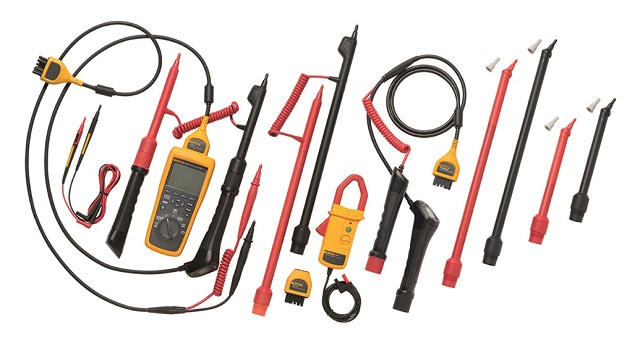Loadshedding has transformed battery systems from backup equipment to business-critical infrastructure, making proper maintenance more important than ever. How do lead-acid batteries compare to lithium-ion options? Comtest shares tips on how to get the most out of battery systems.

Different options
Lead-acid batteries are common – they’re in cars and start generators. These solid workhorses are cheap and reliable but require a lot of maintenance. Meanwhile, Lithium-ion is one of the newest commercial battery types, accounting for the largest operational installed capacity share. They are lightweight, have a high energy density, and can be fully depleted without issue. This is important with variable solar energy, which won’t always be able to charge the battery.
How to maintain batteries
Batteries are sensitive. They work best between 15 °C and 35 °C and require a charge controller to receive a specific amount of current. At low temperatures, the electrochemistry is slowed, and at high temperatures, internal corrosion is increased.
Many people have experienced a car not starting in cold temperatures – that’s because the battery cannot deliver as much current. In cold climates, use a battery heater or thermal insulation, and in hot climates, store them in shaded, well-ventilated spaces.
Another issue is terminal corrosion. This happens when hydrogen gas is released from the acid in the battery, reacting with other substances, or electrolyte leaking from overfilling with water or overcharging. To remove corrosion, use an antioxidant material as recommended by the manufacturer.
For lead-acid batteries, it is crucial to maintain a high state of charge (SOC). Lead-acid batteries have a low depth of discharge, meaning a small amount of their total capacity should be used. A too-low SOC can lead to sulfation, a build-up of small sulphate crystals on the terminals, which reduces performance, according to Comtest.
To handle sulphation on the terminals, techs need to keep the SOC high, and if it gets too low, use a desulphating battery charger to dissolve the sulphates with high-frequency electronic pulses. Also, an alarm can be used with a visual and audible indication to alert to a low battery state of charge (50% for lead acid).
How to diagnose battery health
Techs need to know the internal health of the battery to maintain it. Using the Fluke 500 Series battery analyser (available locally from Comtest) will connect the leads to the negative and positive terminals and turn the switch to milliohms (mΩ). The display will simultaneously read battery voltage and internal resistance. Low voltage indicates a low state of charge, and high internal resistance means internal deterioration.
It is essential to test the battery in an open-circuit state (after 24 hours for lead-acid batteries). The analyser corrects for temperature to ensure accuracy, saves up to ten thresholds, and sends the readings to the Fluke Battery Management Software for viewing trends.
Capacity loss refers to the battery storing less charge. Techs can determine the capacity loss using the analyser in discharge mode, where the battery voltage is read multiple times until it drops below the cut-off voltage, which can cause damage.
A hydrometer, which measures the relative density of liquids, can also be used to measure electrolyte specific gravity, an indicator of a battery’s state of charge.
Evolution of energy storage technology
Although more expensive than lead-acid batteries, lithium-ion batteries represent a significant improvement in terms of maintenance, according to Comtest. While you need to regularly check their SOC and keep them as close to 25 °C as possible, they have higher energy density, making them lighter. They also have a higher depth of discharge, meaning much of their charge can be depleted before recharging, which is great for variable solar and wind power.
Thermal runaway, in which overcharging, a short circuit, or high temperature creates a feedback loop that rapidly accelerates temperatures until explosion, is an issue. Using a cathode with a higher temperature tolerance, such as iron phosphate (FePO4), mitigates thermal runaway.
New battery technologies, such as saltwater and liquid metal batteries, which promise both low maintenance and cost, are coming on the market.
Importance of battery maintenance
The answer to whether batteries are worth it for a facility comes down to priorities and costs. Lead-acid batteries have low upfront costs but high ongoing maintenance costs, including weekly cleaning, testing, and top-up tasks. On the other hand, lithium-ion batteries have high upfront costs but low ongoing maintenance costs.
Regardless, as the costs of lithium-ion and other non-lead acid batteries decline and the adoption of solar and wind energy grows, batteries will become an increasingly essential part of a facility, Comtest predicts.







